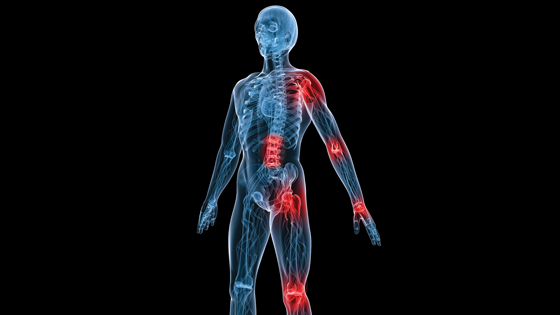What exactly is MCTD? A lot of people have been asking about it lately, so here we go:
One thing about Rheumatology is that there are many cases that are a bit cloudy, to say the least. Two examples of this include the “Overlap” syndromes and “Undifferentiated Connective Tissue Disease.” MCTD isn’t exactly that cloudy.
SOME FAST FACTS:
MCTD was first described and defined in 1972. It is a mixed connective tissue disease characterized by signs and symptoms that can be seen in Lupus, Scleroderma, Inflammatory muscle disease (called myositis), and, occasionally, Rheumatoid arthritis.
MCTD is 15 times more common in women than men.
COMMON PHYSICAL FINDINGS AND COMPLAINTS:
- Raynauds (fingers and toes turn white, red, or blue in the cold and return to normal color after warming)
- Joint swelling
- Swollen, puffy hands and fingers
- Muscle weakness
- Heartburn, reflux
- Rash
- Mouth sores
- Low-grade fever
- Trigeminal neuralgia / headache / migraine
DIAGNOSTIC TESTS:
- SHOULD have a high U1-RNP antibody test
- SHOULD have a high ANA (greater than 1:1000)
- SHOULD NOT HAVE other positive tests such as Smith, SSB, dsDNA, or anticentromere antibodies (Rheumy tests)
- CAN see anemia (low hemoglobin and hematocrit)
- CAN see a low white blood cell count (WBC)
- CAN see a positive Rheumatoid Factor (RF)
- CAN see abnormal pulmonary (lung) function
Over time, most of the manifestation of MCTD appears to become less severe and less frequent. The exception to this is when a person’s MCTD starts drifting closer and closer to Scleroderma, in which case pulmonary (or lung) hypertension and the subsequent heart complications can worsen.
In general, after a 10 year period, 58% of people with MCTD will still have MCTD. We’ve also found that after a 10 year period, of the remaining 42% of people diagnosed with MCTD, 17% will evolve into Scleroderma, 9% into Lupus, and 2.5% into Rheumatoid Arthritis.
The treatment for MCTD is very similar to other Rheumatoid conditions and starts with prednisone (steroids). Other medications that suppress the immune system such as Plaquenil, Methotrexate, Imuran, and Cellcept are often used to minimize the need for long term steroid use.
So, if you have Raynauds, puffy hands and fingers, or any of the other symptoms that suggest MCTD, I advise you to contact your healthcare professional and ask them about checking an ANA and a U1-RNP antibody. You never know, it might just be from MCTD, and there are treatments that can help.
Also keep in mind that, while our choices may not fix everything, poor choices can certainly aggravate underlying disease processes. Remember, live your value one choice at a time through working toward a healthier diet, routine activity, and greater alignment between the life you want and the life you’re living.










